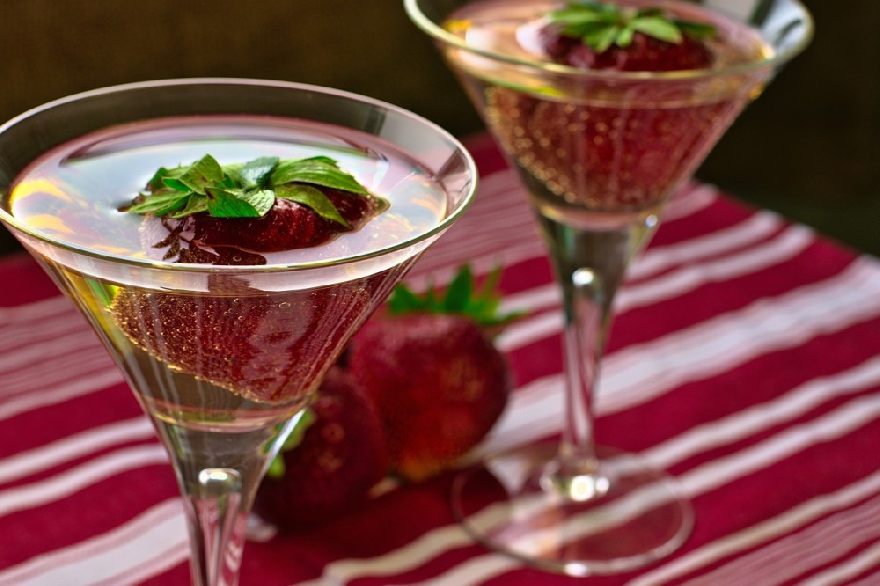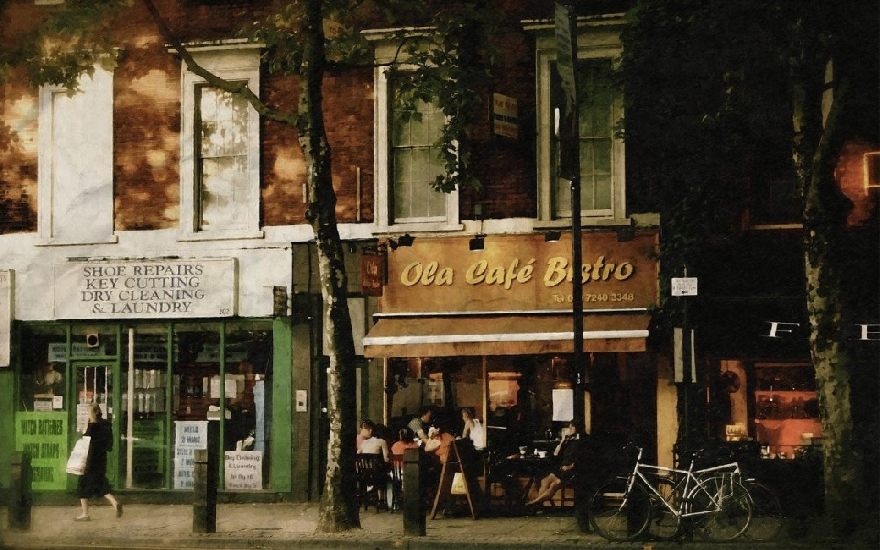Culinary food in Norway.
Norway is known for its fish and seafood cuisine, especially salmon and herring. A popular Norwegian specialty is "Fårikål", a lamb and cabbage dish that is traditionally served in autumn. Other typical Norwegian dishes include "pinnekjøtt" (dried and smoked lamb), "smalahove" (sheep's head) and "rakfisk" (fermented fish). There are also many regional differences in Norwegian cuisine, influenced by the availability of ingredients and traditional methods.
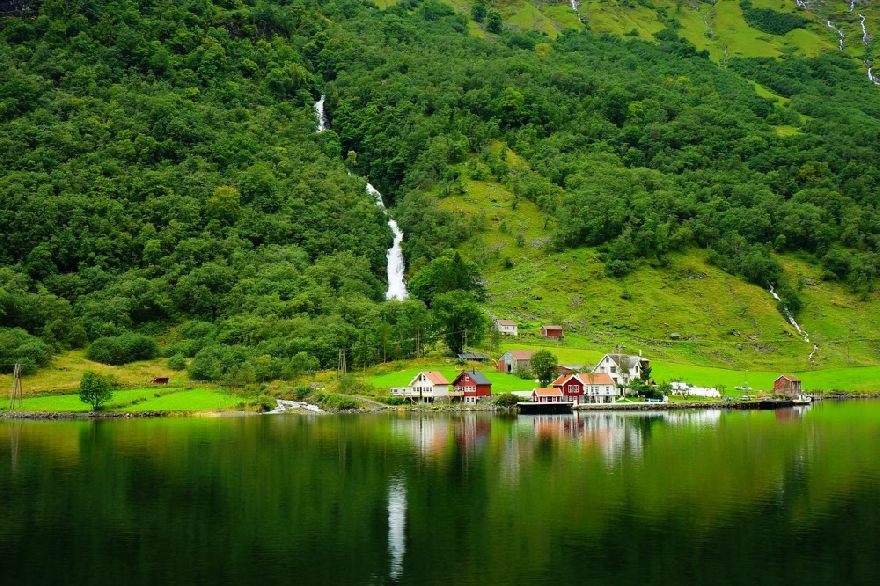
Fårikål.
Fårikål is a traditional Norwegian dish served in autumn. It consists of lamb and cabbage cooked in a large pot with water and spices. The lamb is added in big chunks and the cabbage is cut into strips and added later. The dish is cooked slowly until the lamb is tender and the cabbage is soft.
Fårikål is usually served with potatoes and is often served with a sour cream and flour sauce. It is one of the most popular and frequently served dishes in Norway and there is a national holiday dedicated to Fårikål every year on the second Thursday in October.
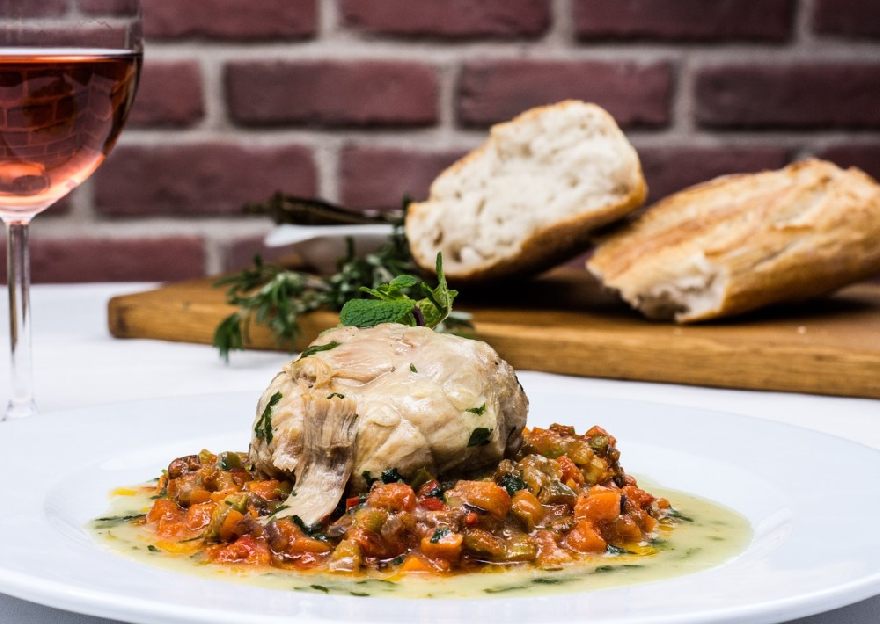
Pinnekjøtt.
Pinnekjøtt is a traditional Norwegian dish made from dried and smoked lamb. It is usually made from the rib of the sheep and is preserved by drying and smoking.
The meat is usually hung in special Pinnekjøtt racks and dried in a cold, airy place for several weeks. It is then smoked to give the meat flavor and durability.
Pinnekjøtt is usually served around Christmas or New Year's Eve and is often served with potatoes, cranberries and red cabbage. It is one of the most popular and frequently served dishes in Norway and also has a long tradition.
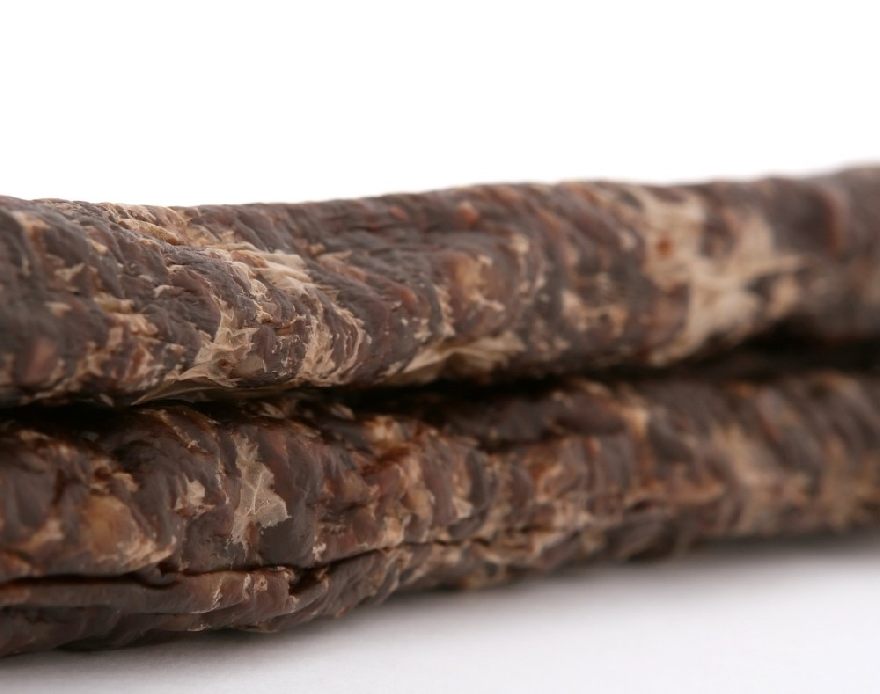
Lutefisk.
Lutefisk is a traditional Norwegian dish made from cod. The stockfish is soaked in a solution of sodium hydroxide (also known as lye) to preserve it and enhance its flavor. This process can take several weeks.
After the stockfish has been soaked, it is washed and boiled to remove the lye flavor. Lutefisk is often served with potatoes, sour cream and cheese and is particularly common in Norway and Sweden.
Lutefisk has a long tradition and is particularly common in Norway and Sweden. It is a very special dish and its taste takes some getting used to and not everyone likes it. However, it is one of the most popular traditional Norwegian dishes and is often served around Christmas or New Year's Eve.
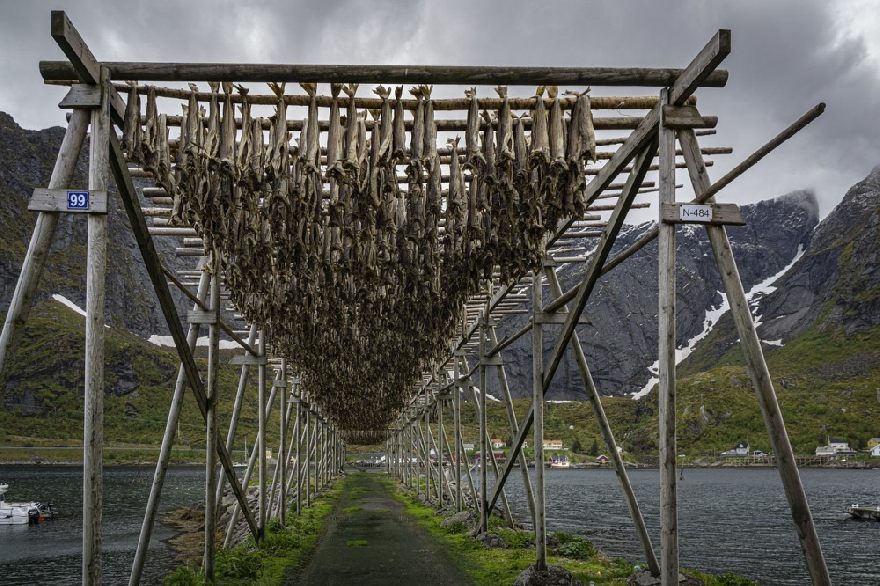
Krumkake.
Krumkake is a traditional Norwegian dessert consisting of a thin and crispy pancake. It is usually made in special krumkake presses, which are a type of waffle iron and allow you to make thin and even pancakes. The pancake is rolled onto a roll while it is still warm to give it a conical shape.
Krumkake is often filled with powdered sugar or whipped cream and can also be filled with jam or Nutella. It is a very popular dessert in Norway and is often served on special occasions such as Christmas or New Year's Eve. It also has a long tradition and is particularly common in Norway and Sweden.
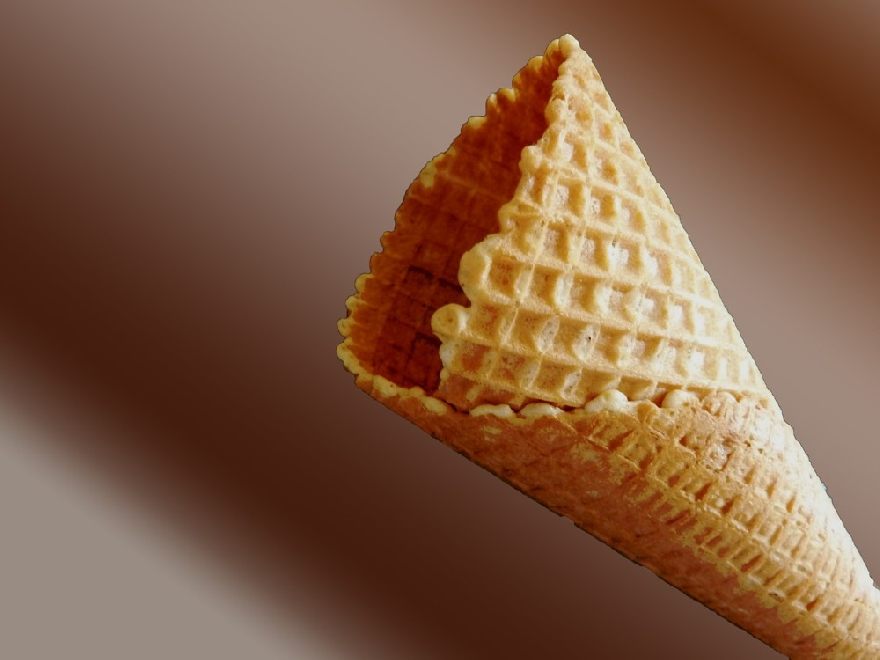
Fattigmann.
Fattigmann is a traditional Norwegian dessert consisting of a thin and crunchy biscuit. It is usually made from yeast, eggs and milk and is golden brown in color. The dough is cut into smallCut into pieces and fried in oil until golden and crispy.
Fattigmann is often sprinkled with powdered sugar and can also be served with honey or jam. It is a very popular dessert in Norway and is often served on special occasions such as Christmas or New Year's Eve. It also has a long tradition and is particularly common in Norway and Sweden. The name "Fattigmann" means "poor man" and is probably due to the low price of the ingredients from which it is made.
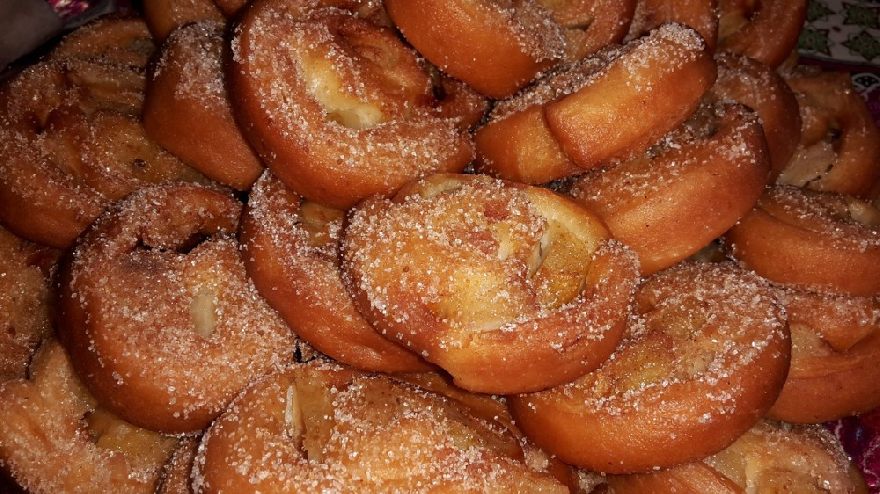
Multekrem.
Multekrem is a traditional Norwegian dessert made with cranberries and whipped cream. It's usually made with fresh or frozen cranberries and flavored with whipped cream and sometimes vanilla or cinnamon.
Multekrem is usually used as a topping on cakes or desserts such as krumkake or fattigmann and is a popular dessert in Norway, especially at Christmas or New Year's Eve. It has a long tradition and is particularly common in Norway and Sweden. The name "Multekrem" means "berry cream" and refers to the use of cranberries in the preparation of the dessert.
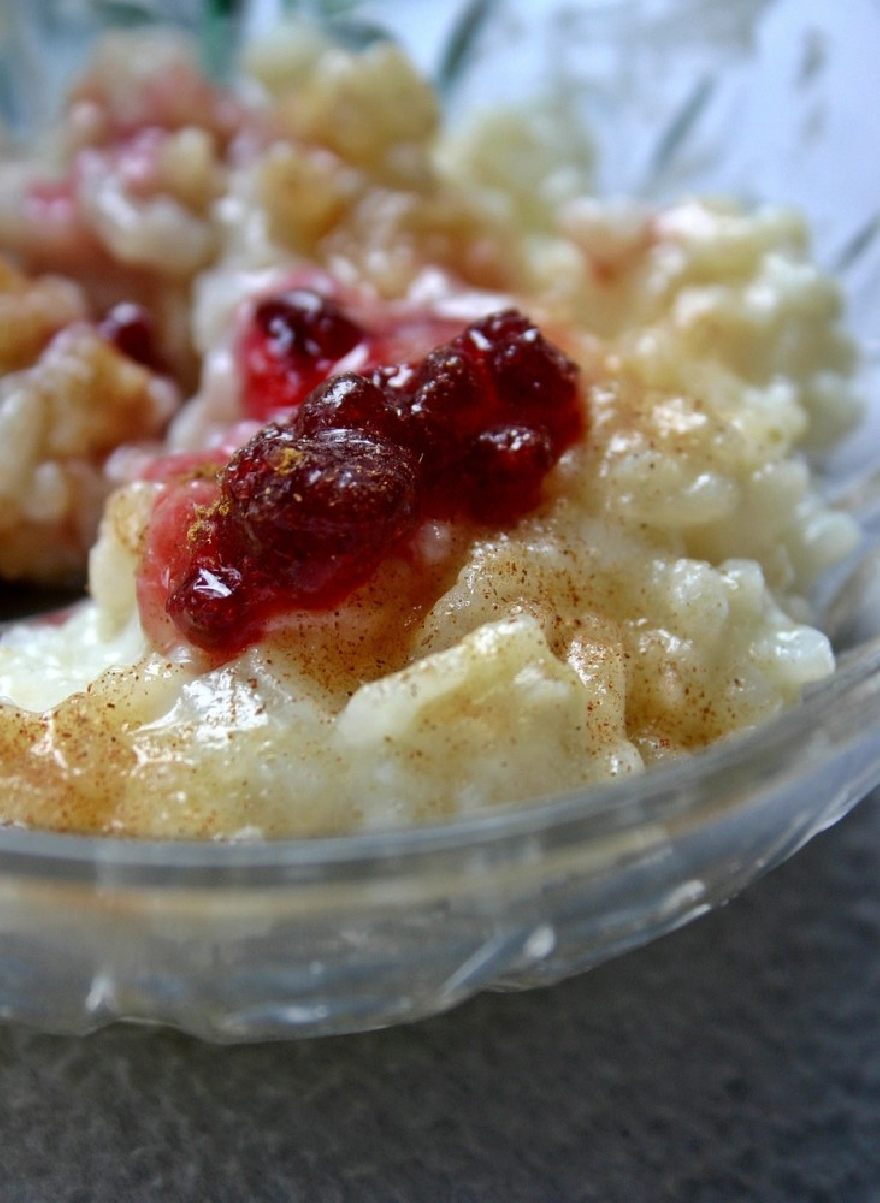
Beer.
Beer is a very popular drink in Norway and has a long tradition of brewing beer. There are many Norwegian breweries producing different types of beer, from pale lagers to dark ales. Some of the best known and most commonly drunk types of beer in Norway are:
Pilsner: A popular light golden style of beer made in the Czech Pilsner style.
Märzen: A type of beer made in March and typically has a higher alcohol content than a Pilsner.
India Pale Ale (IPA): A popular type of beer that stands out for its high hops and strong bitterness.
Porter and Stout: Dark beers that stand out for their sweet and malty notes .
In Norway there is also an increasing number of microbreweries that produce special and innovative types of beer. Norway’s also have laws promoting beer culture and the regulation of alcohol sales is more restrictive than in other countries, which contributes to the fact that beer quality in Norway is high.
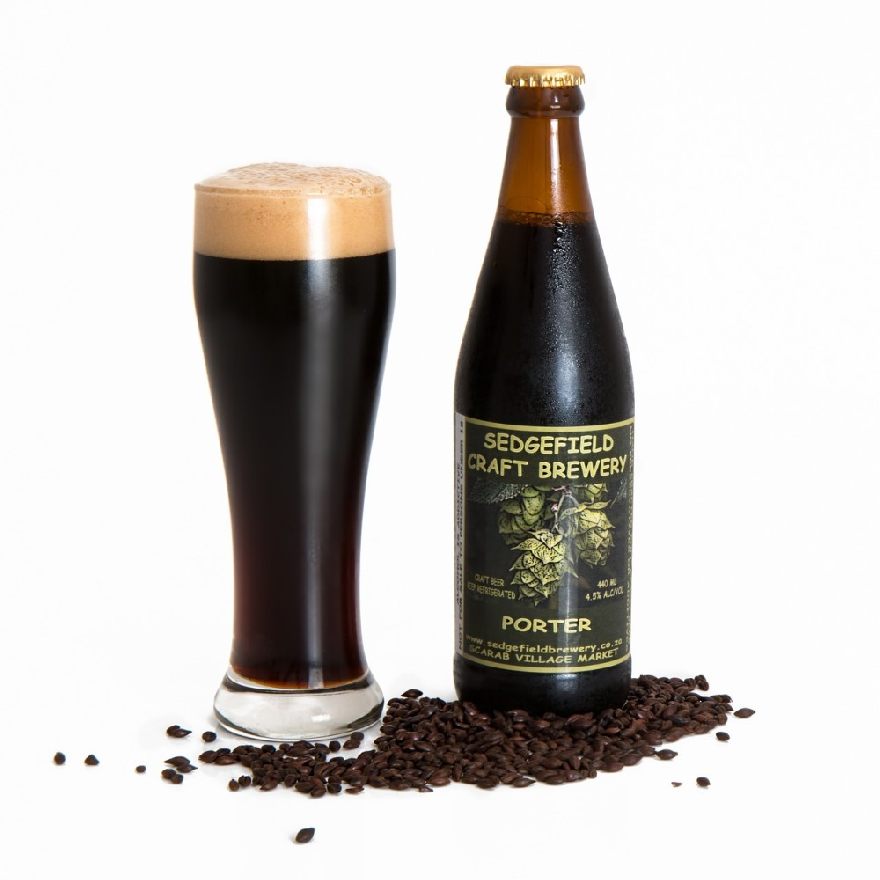
Cocktails.
Cocktails are not as common in Norway as in other countries, but they are available in bars and clubs in big cities like Oslo and Bergen. Some of the most famous and most ordered cocktails in Norway are:
Aquavit Cocktail: A cocktail made with aquavit, a traditional Norwegian spirit, often mixed with ingredients like citrus or vermouth.
Martini: A classic cocktail usually made with vodka or gin and is often served with an olive or lemon zest.
Long Island Iced Tea: A cocktail usually made with vodka, gin, tequila, rum and lemon juice, often topped off with cola.
Margarita: A popular cocktail usually made with tequila, lemon juice and triple sec, often served with salt on the rim of the glass.
There are also many bars and clubs that have special cocktail menus and seasonal ones Offer deals, especially in the bigger cities.
